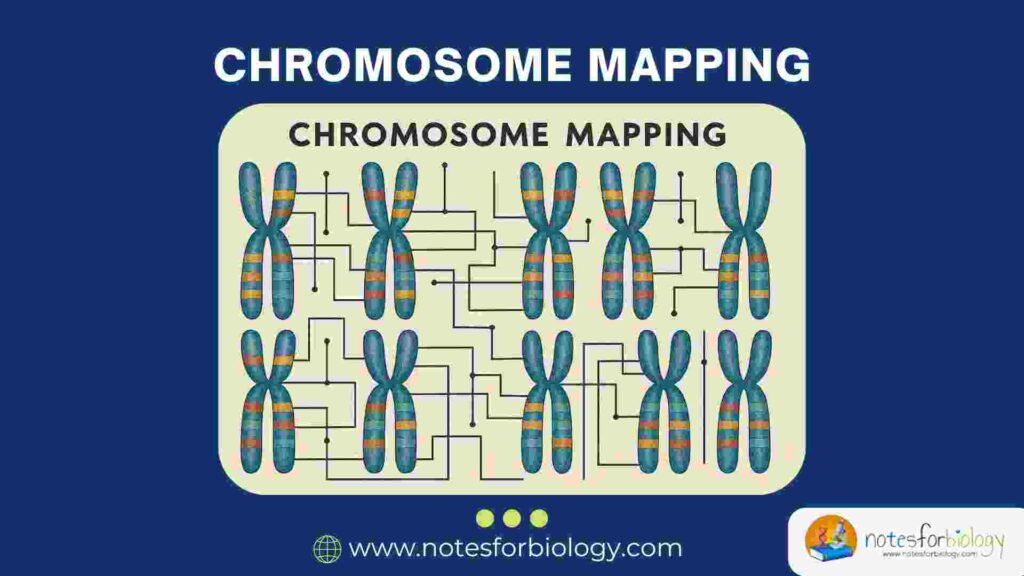The starch hydrolysis test is a straightforward microbiological method used to identify if bacteria can break down starch, a complex carbohydrate, into simpler sugars. This ability is due to the presence of an enzyme called amylase. Bacteria that produce amylase can digest starch into smaller sugar molecules, such as glucose and maltose. This test is useful for distinguishing between different types of bacteria, especially those that can or cannot metabolize starch.

Table of Contents
What is Starch?

Starch is a complex carbohydrate composed of long chains of glucose. Certain bacteria can produce enzymes, such as amylase, to break down these long chains into simpler sugars. Amylase breaks down starch into smaller sugar molecules like glucose and maltose, which the bacteria can then use for energy.
The starch hydrolysis test is conducted by growing bacteria on a medium containing starch. After incubation, iodine is added to the plate. Iodine reacts with starch, turning the area blue-black. If the bacteria have produced amylase and digested the starch, a clear zone will appear around the bacterial growth, indicating the starch has been hydrolyzed. Bacteria that do not produce amylase will leave the entire plate stained dark because the starch remains intact.
This test is widely used in microbiology labs to differentiate between bacterial species based on their metabolic abilities.
Objectives
The objectives of Starch hydrolysis test ,
To check if a bacterium produces the enzyme amylase.
To differentiate between bacteria based on their starch-hydrolyzing capability.
To help identify specific bacterial species by their enzymatic activity, particularly in genera like Bacillus, Clostridium, and Enterococcus.
Requirements
To perform the starch hydrolysis test, the following materials are required:
- Starch agar plates – These contain the starch needed as a substrate for the bacteria.
- Bacterial cultures – Various bacteria are tested, such as Bacillus subtilis (amylase-positive) and Escherichia coli (amylase-negative).
- Iodine solution – Used to detect the presence of starch by forming a blue-black color when starch is present.
- Inoculating loop – A tool to transfer bacteria onto the starch agar plate.
- Bunsen burner – Used to sterilize the inoculating loop and prevent contamination.
- Incubator – Set to 35–37°C, it provides the optimal environment for bacterial growth.
- Distilled water – For any dilutions or other requirements during the test.
Procedure
The procedure of Starch hydrolysis test,
Step 1: Preparing the Starch Agar Plate
Start by preparing the starch agar plate, which is a nutrient-rich medium containing starch.
Sterilize the medium using an autoclave, then pour it into sterile Petri dishes.
Allow the medium to solidify before inoculation.
Step 2: Inoculating the Agar Plate
Sterilize the inoculating loop by passing it through a flame until it becomes red-hot, ensuring no contamination.
Let the loop cool briefly, then collect a small amount of the bacterial sample.
Streak the bacteria onto the starch agar plate in a straight or zig-zag pattern.
If testing multiple bacteria, divide the plate into sections and label each area for identification.
Step 3: Incubation
Place the inoculated starch agar plate in an incubator set at 35–37°C.
Incubate the plate for 24 to 48 hours to allow the bacteria to grow.
Step 4: Adding Iodine Solution
After incubation, remove the plate from the incubator.
Flood the agar surface with iodine solution, ensuring the plate is fully covered.
Allow the iodine to sit for a few minutes so it can react with the starch present in the medium.
Step 5: Observing Results
After adding the iodine, observe the plate. If starch is present, the iodine will turn the area a dark blue-black color.
Look for a clear zone or halo around the bacterial growth. This clear area indicates that the bacteria have hydrolyzed the starch by producing amylase.
If no clear zone is visible and the plate turns entirely dark, it means the bacteria did not produce amylase and the starch remains intact.
Results Interpretation

Amylase-positive
A clear zone around the bacteria indicates that starch has been broken down, showing the presence of amylase.
Amylase-negative
If no clear zone is seen and the entire plate turns blue-black, the bacteria do not produce amylase, and the starch remains undigested.
Conclusion
The starch hydrolysis test is an easy and effective method for detecting bacterial production of amylase. It helps differentiate between species based on whether they can break down starch. This test is valuable in microbiology, helping researchers and clinicians identify bacterial species in clinical, research, and industrial settings.
Frequently Asked Questions (FAQ)
Why is the starch hydrolysis test important?
This starch hydrolysis test is important for distinguishing between different types of bacteria based on their enzymatic abilities. It is commonly used in microbiology laboratories to identify bacterial species, especially in clinical, research, and industrial applications.
Can all bacteria break down starch?
No, not all bacteria produce amylase. Only certain species have the ability to break down starch through the production of this enzyme. The starch hydrolysis test helps identify these bacteria.
Related Articles




